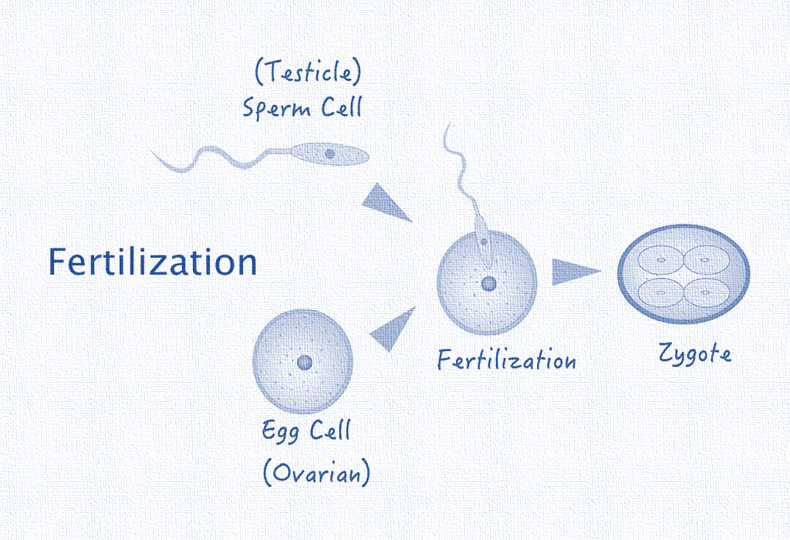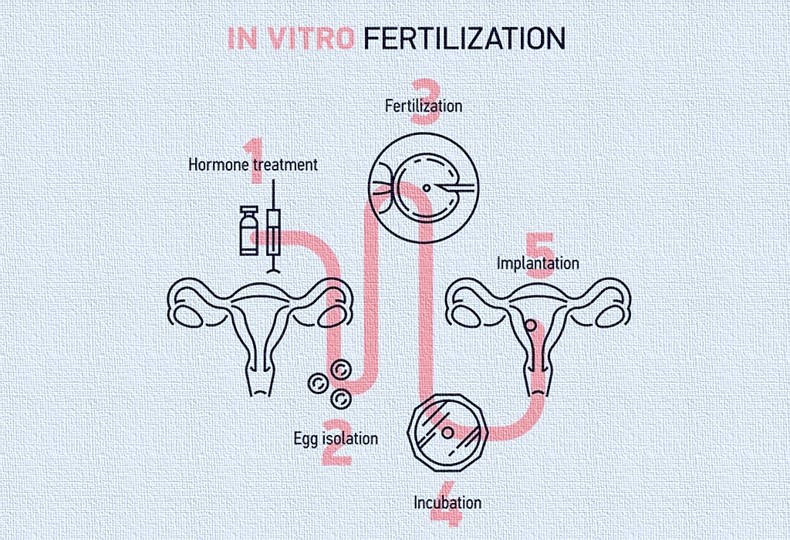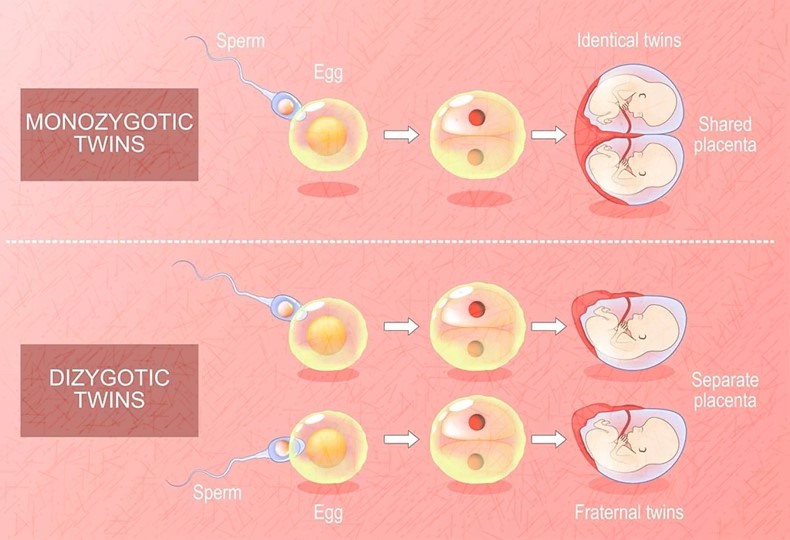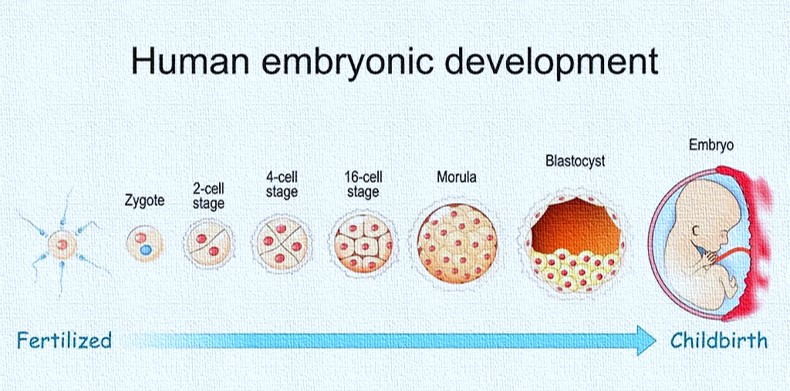The journey of human life begins with a single cell called the zygote, which is formed when a sperm fertilizes an egg. Though it is tiny, the zygote has a huge role in fetal development. This little cell contains all the genetic material needed to form a complete human being. From here, the process of division and growth starts, leading to the development of organs, systems, and, finally, a baby.
Curious about how this tiny cell turns into a human? Let’s dive into how the zygote plays a crucial role in the beginning of life.
What Is a Zygote?
A zygote is the very first stage of life. In simple words, it’s a fertilized egg that contains genetic material from both parents. This genetic material acts like a blueprint for the future baby. As the zygote starts to divide, it grows into many cells, which later form different parts of the baby’s body.
How Is a Zygote Formed?

The zygote is formed through a process called fertilization, when the sperm from the male joins with the egg from the female. This usually happens in the fallopian tube shortly after ovulation. Once the sperm and egg meet, they combine their genetic material to form a complete set of DNA, creating the zygote. Right after formation, the zygote starts dividing and growing, marking the start of a new life.
How Long Does the Zygote Phase Last?
The zygote phase is very short and lasts for about four days after fertilization. During these four days, the zygote travels down the fallopian tube towards the uterus. As it moves, it keeps dividing rapidly, turning from a single cell into a small cluster of cells. By the fourth day, the zygote becomes a structure called a blastocyst, marking the end of the zygote phase.
Common Complications in the Zygote Stage
Although the zygote stage is short, it’s a very important phase, and sometimes complications can occur, such as:
- Chromosomal Abnormalities
Sometimes, errors happen in the genetic material of the zygote, leading to chromosomal abnormalities. These can cause early pregnancy loss. Examples include Down syndrome, where there is an extra chromosome. - Failure to Implant
After the zygote reaches the uterus, it needs to implant into the uterine lining to continue growing. If the uterine lining is not healthy or if there are hormonal problems, implantation might not happen. - Ectopic Pregnancy
In rare cases, the zygote implants outside the uterus, often in the fallopian tube. This is called an ectopic pregnancy and requires immediate medical attention.
How Does Assisted Reproduction Help Create Zygotes?

Assisted reproduction techniques help many couples struggling with infertility. Some common methods are:
- Medications: These stimulate the production of eggs and sperm, increasing the chances of fertilization.
- Intrauterine Insemination (IUI): Sperm is placed directly into the uterus, making it easier for fertilization to occur.
- In Vitro Fertilization (IVF): Eggs and sperm are combined in a lab to create a zygote. The zygote is then transferred to the uterus.
- Embryo Cryopreservation: Embryos created through IVF can be frozen and used later.
How Does a Zygote Develop Into Twins?

Twins can develop in two ways:
- Identical Twins
Identical twins form when a single zygote splits into two separate embryos. Since they come from the same zygote, they have identical DNA and look very similar. - Fraternal Twins
Fraternal twins form when two different eggs are fertilized by two different sperm. Each zygote grows independently, and the twins can look different and even be of different genders.
What Is the Difference Between an Embryo and a Zygote?

The zygote is the first stage of life and lasts only a few days. After the zygote divides into many cells and forms a blastocyst, it implants in the uterus. Once implanted, it becomes an embryo. The embryonic phase continues until the eighth week of pregnancy. After that, it is called a fetus.
The zygote may be tiny, but it carries the entire blueprint of life. From this single cell, a new human being begins its journey. Understanding the role of the zygote helps us appreciate the complexity of life and the miracle of human development.




Pingback: Female Genital Tuberculosis: 7 Key facts to know
Pingback: Diaphragm Contraceptive: 5 Benefits & How it Works for Effective Birth Control
Pingback: Tummy Time – When and How to Start for Maximum Benefits